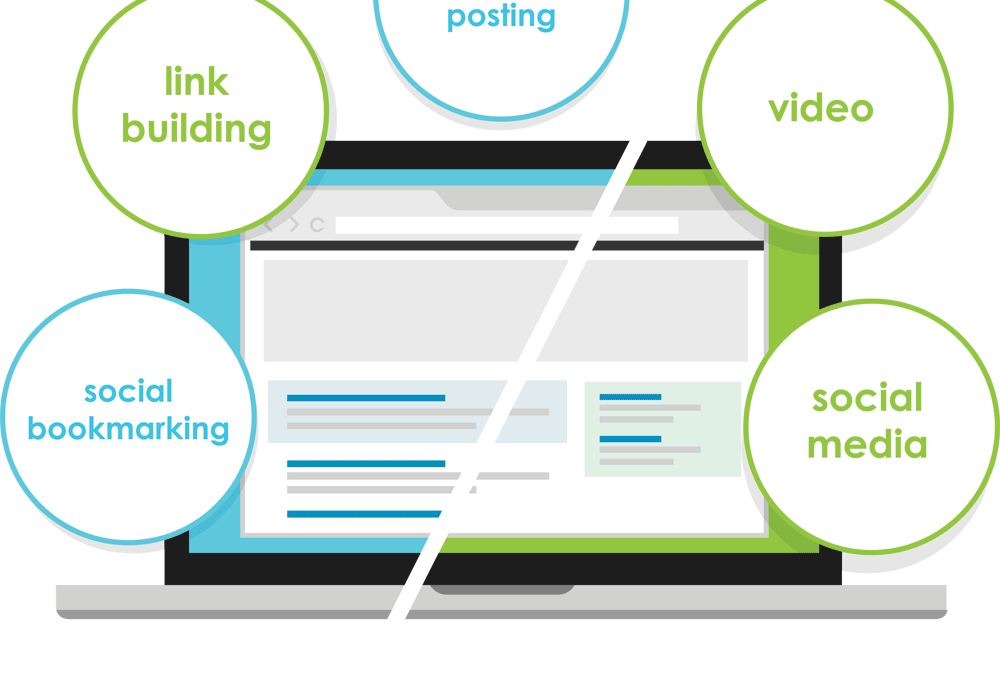Using social media to advertise your product or service successfully is no simple task. While it may seem like putting together some good sales copy and coming up with an attractive deal is easy to do, the actual process of converting leads into loyal customers is often an uphill battle.
Your landing pages are critical to your marketing campaign’s success, and this article will outline some of the best strategies for improving your rates of conversion and the quality of the conversions themselves.
Tip 1: Make a Separate Landing Page for Each Social Network.
One of the simplest ways to increase your conversion rate as well as the quality of each conversion is by directing your users to landing pages optimized for the network they are coming from. This allows you to engage your potential customer with greater consistency, mentioning the network that they came from and directing them towards your lead form.
Tip 2: Maintain Visual Continuity Between the Network and the Landing Page.
One of the best visual tricks you can use to gain higher conversion rates is mirroring the landing page layout with the social network your user is coming from. By keeping your Twitter followers on a page designed to resemble Twitter, you avoid creating a jarring sense of visual discomfort.
The key to success in this approach is usually through the way your landing page treats large images. Since these are the most evident elements of your page, you’ll want them to look the same as they do on your social media profile page. The developers of Buffer have an excellent article on their blog that details the ideal image sizes for the most popular social networks and how those networks treat the images.
Tip 3: Optimize Your Lead Generation Form.
If your landing page is designed to get potential leads to sign up for your service, you want to make your lead generation form as simple to navigate as possible. An important rule of thumb is that more questions and fields will result in less conversions; customers simply don’t have the time to answer any more than what is strictly necessary.
Take a look at your current form and ask yourself if you can make it more streamlined. If you ask for a customer’s first name and last name in separate fields, why not combine them into a simple, “name” field? Are you asking for any information that you can simply find out later, like company names or addresses? Use these questions to create a sign-up form that your customers can fill out in no more than five seconds.
Tip 4: Remove All Distractions.
When it comes to landing page design, minimalism is almost always the best way to go. Social media news feeds are busy places full of distracting content, and you want your landing page to be the opposite. Use large images, avoid unnecessary linking and keep your text to the strict minimum necessary to generate a lead. The landing pages that Go Spaces makes are an excellent example of the benefit this type of interface offers.
Tip 5: Add Chat Functionality.
Depending on your industry, you may benefit from embedding chat functionality on your landing page. Ask yourself whether your product or service seems complicated—do customers often have questions for you?
If the answer is yes, you don’t want to force them to call you on the telephone, since the majority simply won’t bother. Neither do you want them to search for an email address or go back to your social media page where they are at the mercy of the rest of the Internet’s distractions. Use a chat client like Olark to keep them on your page and engaged with you while you put their minds at ease.
Tip 6: Create an Explainer Video or Image Slider.
On the subject of keeping your leads on your page as long as possible, you’ve probably come across whiteboard-style explainer videos in the past. These simple videos give your potential customers a short, simple explanation of what your company does and essentially keep them glued to your landing page for 1-3 minutes, making them much more likely to decide to sign up for whatever you’re selling.
To succeed with this approach, it’s important that your video is of professional quality. As A/B testing service VWO points out in an exhaustive study, poor-quality or excessively technical videos can decrease conversion rates; some companies may enjoy greater benefit from an image slider that shows customers exactly what to expect.
User Experience Is Still King: Core Web Vitals in 2025
In the ever-shifting world of SEO, few things stay the same. Algorithms...
What Modern Web Design Really Means in 2025
Why Looks Alone Aren’t Enough Anymore In the early days of the internet,...
Why PPC Is Still One of the Smartest Investments in 2025
Paid Ads. Real Results. No Waiting. In a digital landscape where SEO can...

